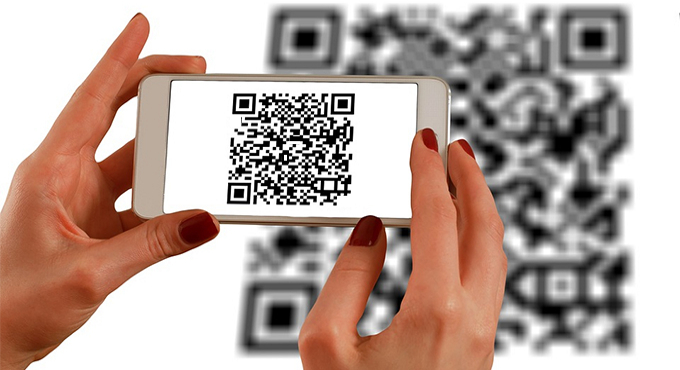
CulturalHeritageOnline: The Beijing Palace Museum - Forbidden City
The Beijing Palace Museum - Forbidden City
The Beijing Palace Museum (Traditional Chinese: 故宫 åšç‰©é™¢; pinyin: GùgÅng Bówùyùan, lit. "Palace Museum") is the national museum housed in the Forbidden City of Beijing (China). It was founded in 1925 after the last emperor of China was evicted from his palace and its doors were opened to the public.
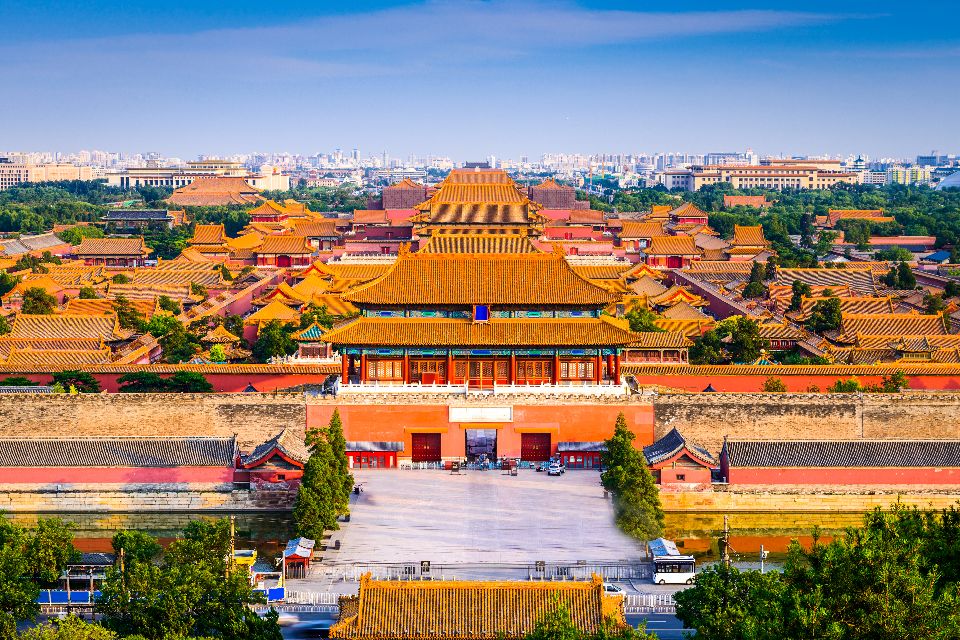
It houses over 1.8 million works of art, mostly from the imperial collection of the Ming and Qing dynasties. During the twentieth century the collection was enriched with acquisitions, transfers from other museums and new archaeological discoveries.

According to the Beijing Evening Post, the museum welcomed over 17 million visitors in 2018, which would make it the most visited museum in the world. It has an average of 15 million visitors every year since 2012.
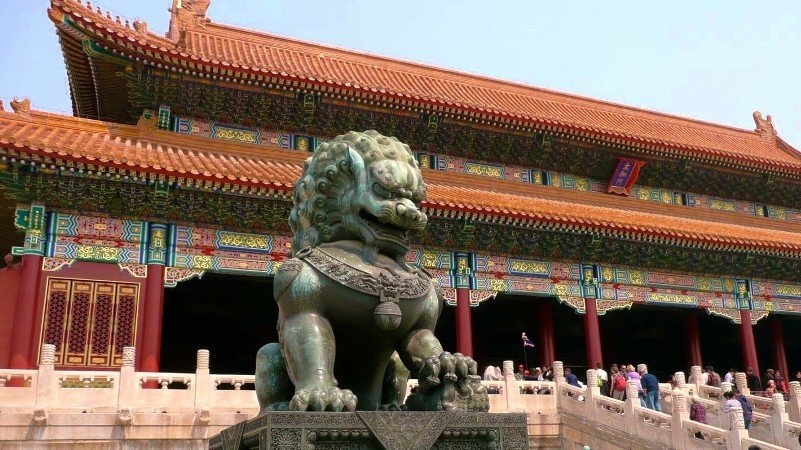
Due to this massive turnout, since 2015 the management has set a daily limit of 80,000 visitors to protect the ancient structure and ensure a satisfying experience for the public.
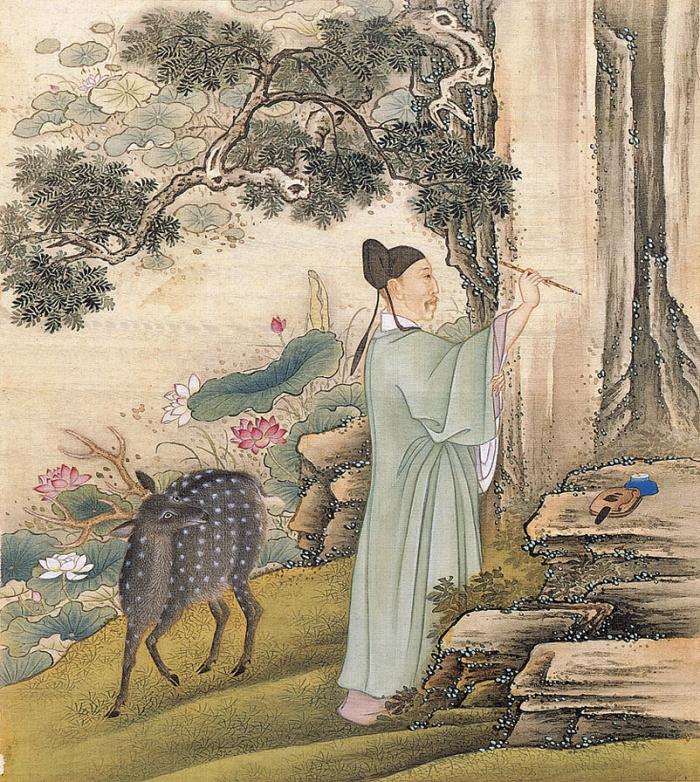
Structure
The Beijing Palace Museum is housed in the Forbidden City, the Chinese imperial palace of the Ming dynasty and the Qing dynasty. It is located in the middle of Beijing, China. For nearly five centuries, it was the home of the Emperor and his family and the ceremonial and political center of the Chinese government.

Built between 1406 and 1420, the complex consists of 980 surviving buildings with 8,707 rooms and covers an area of ​​720,000 square meters. The palace complex exemplifies traditional Chinese architecture and has influenced cultural and architectural developments in East Asia and elsewhere.
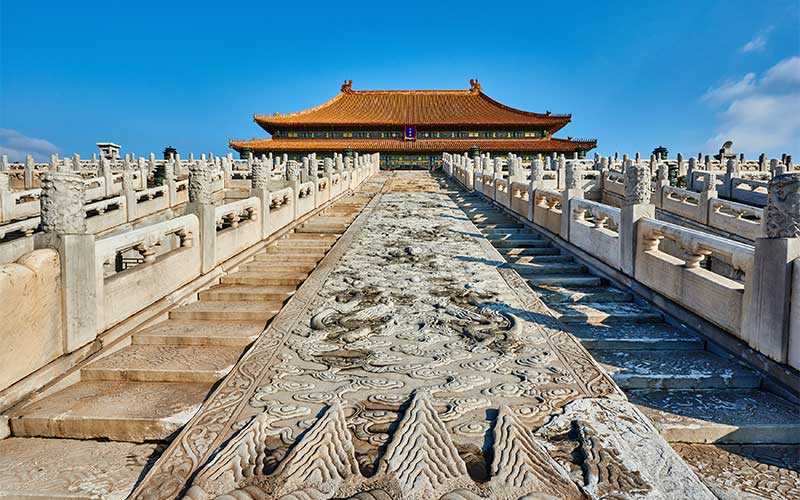
The Forbidden City was declared a World Heritage Site in 1987 and is listed by UNESCO as the largest collection of preserved ancient wooden structures in the world.
The museum
Ill. from c.d. "Album of Emperor Yongzheng in costumes" - ANONYMOUS - reign of Yongzheng (1723-1735) - Collection of the Beijing Palace Museum.
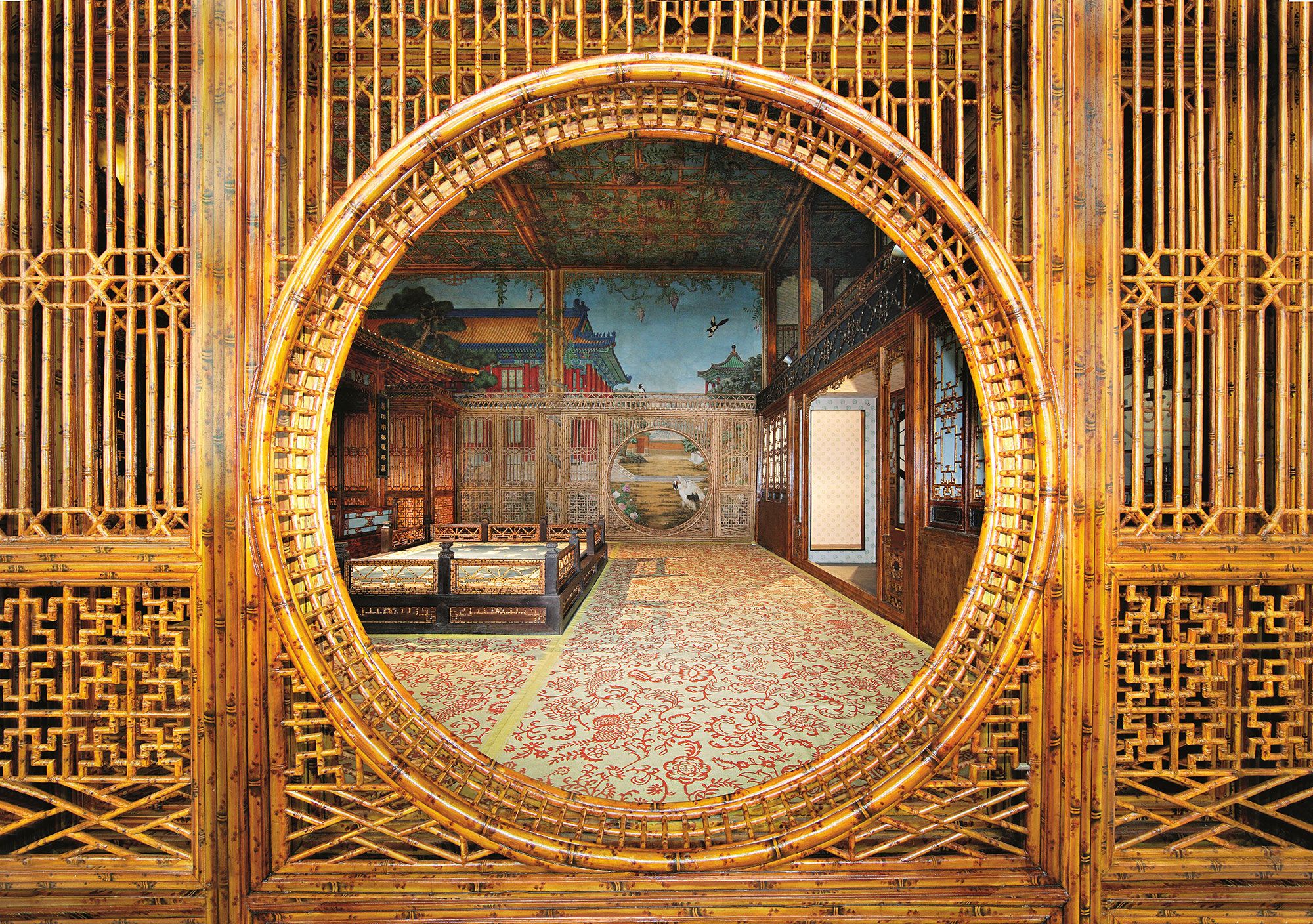
In 1912, Puyi, the last emperor of China, abdicated. Under an agreement with the new government of the Republic of China, Puyi remained to live in the Inner Court of the Forbidden City, while the Outer Court was opened to the public and equipped with a small museum exhibiting artifacts housed there. In 1924, Puyi was evicted from the palace after a coup. The Peking Palace Museum was then established in the Forbidden City on October 10, 1925.
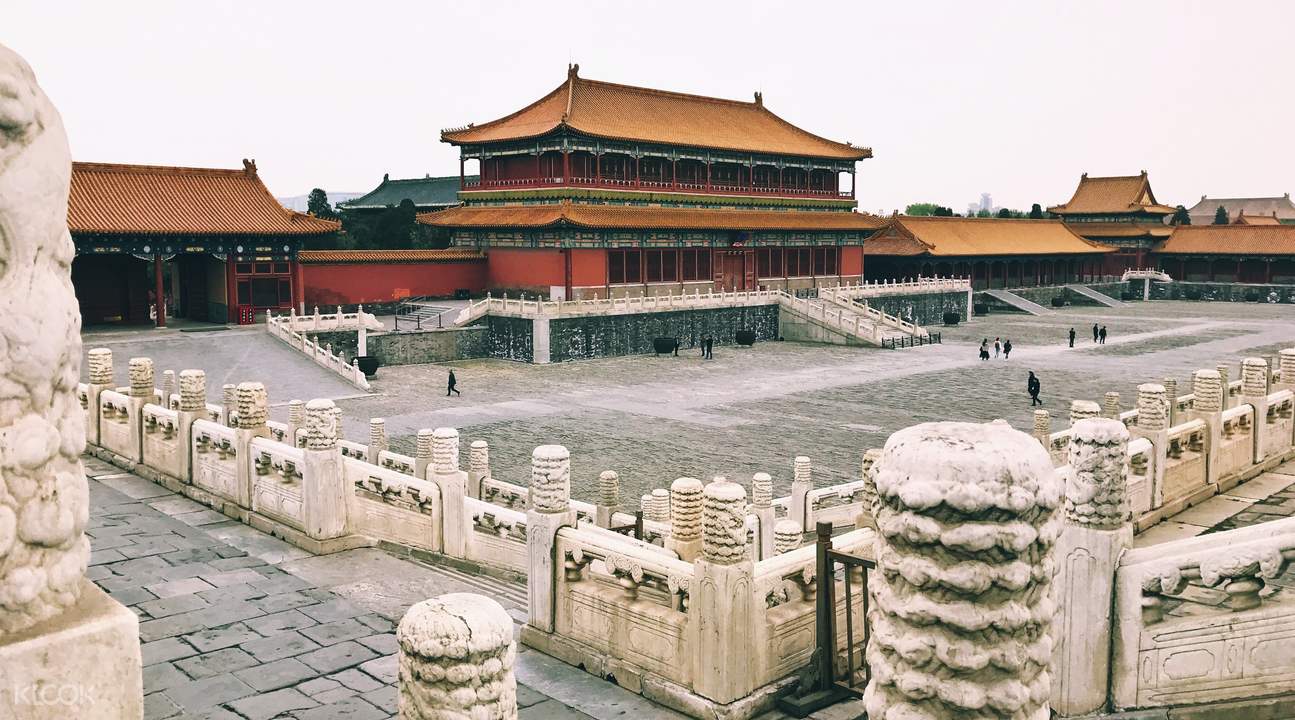.webp)
The museum's collections are based on the Qing dynasty collection. According to the results of a 1925 inspection, approximately 1.17 million pieces of art were then stored in the Forbidden City. Additionally, the imperial libraries housed countless rare books and historical documents, including Ming and Qing government documents.
The Beijing Palace Museum - Forbidden City
Address: 4 Jingshan Front St, Dongcheng, 100009
Phone: +86 10 8500 7421
Site: https://www.dpm.org.cn/Home.html
Location inserted by giulia


